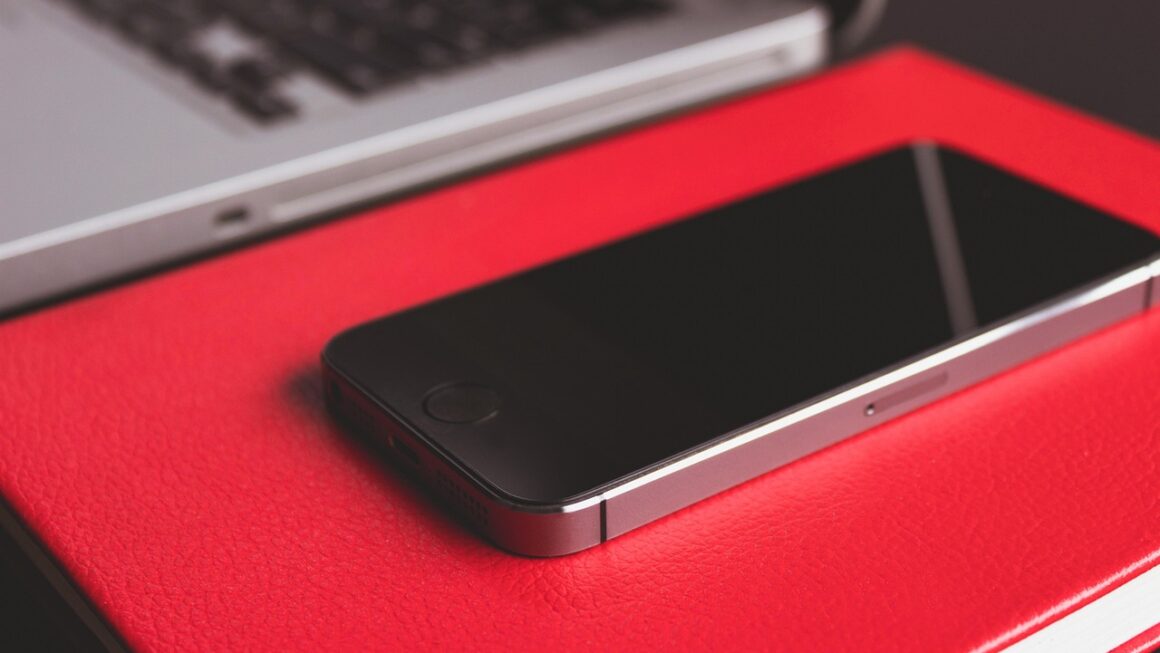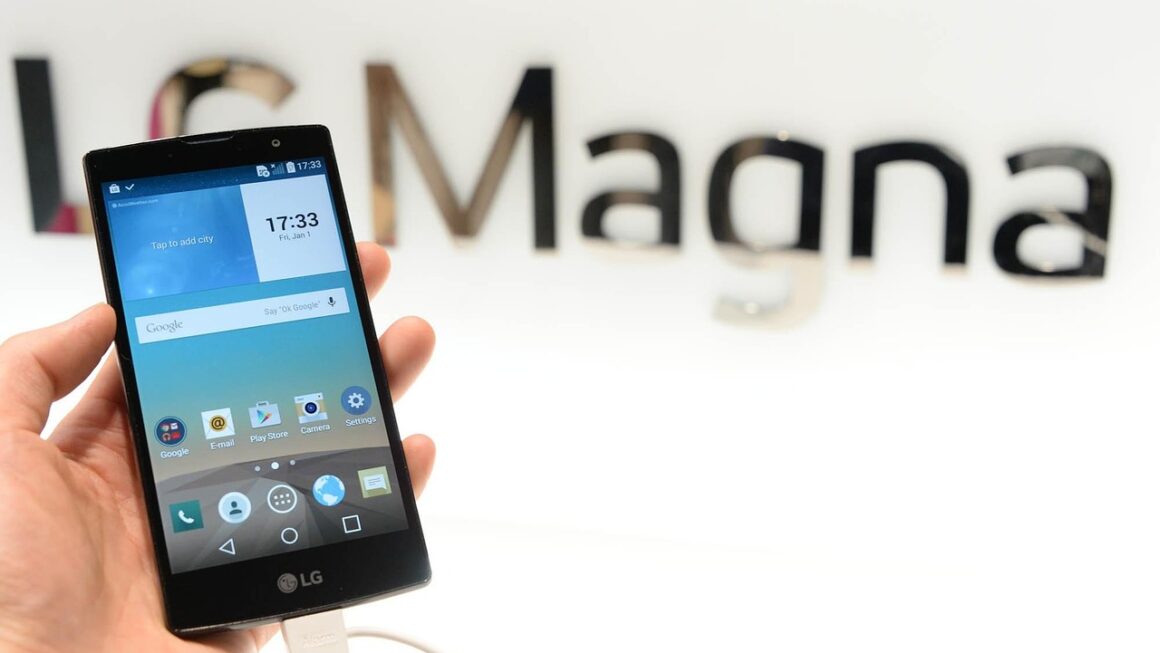Tired of fumbling with cables and struggling to plug in your phone, especially in the dark? Wireless charging technology offers a convenient and increasingly ubiquitous solution. More than just a novelty, wireless charging can streamline your life, declutter your space, and even potentially extend the lifespan of your device’s charging port. Let’s dive into the world of wireless chargers, exploring their types, benefits, and what to consider before making a purchase.
Understanding Wireless Charging Technology
Wireless charging, also known as inductive charging, relies on the principle of electromagnetic induction. A charging pad contains a coil that generates an electromagnetic field. When a compatible device with a receiver coil is placed on or near the pad, the receiver coil picks up the energy and converts it into electricity to charge the device’s battery.
The Qi Standard
- What is Qi? Qi (pronounced “chee”) is the most widely adopted standard for wireless charging. It was developed by the Wireless Power Consortium (WPC) and ensures compatibility between different devices and charging pads. Look for the Qi logo on both chargers and devices to guarantee they will work together.
- How Qi works: The Qi standard operates within a specific frequency range and uses precise communication protocols to regulate power transfer, ensuring safe and efficient charging.
- Evolution of Qi: Qi has evolved over time, with newer versions offering faster charging speeds and improved efficiency. Qi2 is the latest standard with a Magnetic Power Profile, ensuring perfect alignment for optimal charging.
Other Wireless Charging Technologies
While Qi dominates, other technologies exist, though they are less common:
- Powermat: Another earlier standard, Powermat is less prevalent now, with many of its supporters shifting towards Qi.
- Magnetic Resonance: This technology allows for charging over greater distances, but it’s less efficient and not as widely implemented in consumer devices.
Benefits of Wireless Charging
Wireless charging offers several advantages over traditional wired charging:
Convenience and Ease of Use
- No more cables: The most obvious benefit is the elimination of tangled cables. Simply place your device on the charging pad to start charging.
- Drop-and-go simplicity: Great for quick top-ups throughout the day, especially when your device is low on battery.
- Universal compatibility (with Qi): As long as your device and charger both support the Qi standard, they will work together, regardless of brand.
Protection of Device Ports
- Reduced wear and tear: Repeatedly plugging and unplugging cables can damage the charging port on your device over time. Wireless charging minimizes this wear and tear.
- Potential for longer device lifespan: By reducing port strain, wireless charging can potentially extend the overall lifespan of your device.
Aesthetics and Organization
- Clean and clutter-free: Wireless charging pads can help to declutter your workspace or bedside table.
- Modern and stylish: Many wireless chargers are designed with aesthetics in mind, adding a touch of sophistication to your environment.
Types of Wireless Chargers
Wireless chargers come in various shapes and sizes, each with its own set of features:
Charging Pads
- Standard pads: The most common type, featuring a flat surface for placing your device.
- Multi-device pads: Designed to charge multiple devices simultaneously, such as a phone and wireless earbuds.
- Fast charging pads: Support faster charging speeds for compatible devices, often indicated by “Quick Charge” or “Fast Wireless Charging” branding.
Charging Stands
- Upright design: Hold your device at an angle, allowing you to see notifications and use your phone while it charges.
- Adjustable stands: Offer customizable viewing angles for added convenience.
- Ideal for desks and nightstands: Provide a practical and ergonomic charging solution.
Charging Docks
- Combination chargers: Integrate wireless charging with other functions, such as a desk lamp or a speaker.
- Apple Watch docks: Specifically designed to charge Apple Watches wirelessly, often with a dedicated charging puck.
Factors to Consider When Buying a Wireless Charger
Choosing the right wireless charger involves considering several factors:
Compatibility
- Qi Certification: Ensure that the charger is Qi-certified to guarantee compatibility with your devices.
- Device support: Check the specifications of your device to confirm it supports wireless charging.
- Wattage: Higher wattage chargers (e.g., 15W) offer faster charging speeds for compatible devices, but always verify your device’s maximum supported wattage.
Charging Speed
- Wattage Ratings: Wireless chargers come in different wattage ratings (e.g., 5W, 7.5W, 10W, 15W). Higher wattage generally means faster charging.
- Device limitations: Your device may have a maximum wireless charging speed that it can support. Check your device’s specifications to determine the optimal wattage for your charger.
- Adapter Requirements: Some fast wireless chargers require a specific power adapter (e.g., Quick Charge or Power Delivery) to deliver their full charging speed.
Features
- LED indicators: Provide visual feedback on charging status.
- Non-slip surfaces: Prevent your device from sliding off the charger.
- Overcharge protection: Protects your device from damage caused by overcharging.
- Foreign object detection (FOD): Detects metal objects on the charging pad and prevents charging to avoid overheating and potential hazards.
Budget
- Price range: Wireless chargers range in price from affordable to premium.
- Value for money: Consider the features, charging speed, and brand reputation when evaluating the cost.
- Don’t always go for the cheapest: Investing in a reputable brand can ensure better quality, safety, and performance.
Conclusion
Wireless charging offers a convenient, cable-free way to power your devices. By understanding the technology, considering your needs, and researching your options, you can choose the perfect wireless charger to simplify your life and declutter your space. With the continued evolution of wireless charging technology, especially with the introduction of Qi2, the future looks bright for this increasingly popular method of powering our devices.




